Thwaites Glacier, also called 'Doomsday Glacier' because it could raise sea level by several feet, is said to be 'hanging on by its fingernails.'
In a study that was published in Nature Geoscience, scientists found that the warming of the Earth has caused the underwater base of the glacier to erode.
Robert Larter, a marine geophysicist and co-author of the study, said that "Thwaites is really hanging on by its fingernails" today.
"And we should expect to see big changes over short periods of time in the future, even from one year to the next, once the glacier retreats beyond a shallow ridge in its bed."
Thwaites Glacier in West Antarctica is about the size of Florida. If it fell into the ocean, which scientists say could happen within the next three years, it could raise the sea level. NASA said that the Amundsen Sea area, which is "only a small part of the whole West Antarctic Ice Sheet," would "raise the level of the oceans by about 16 feet"
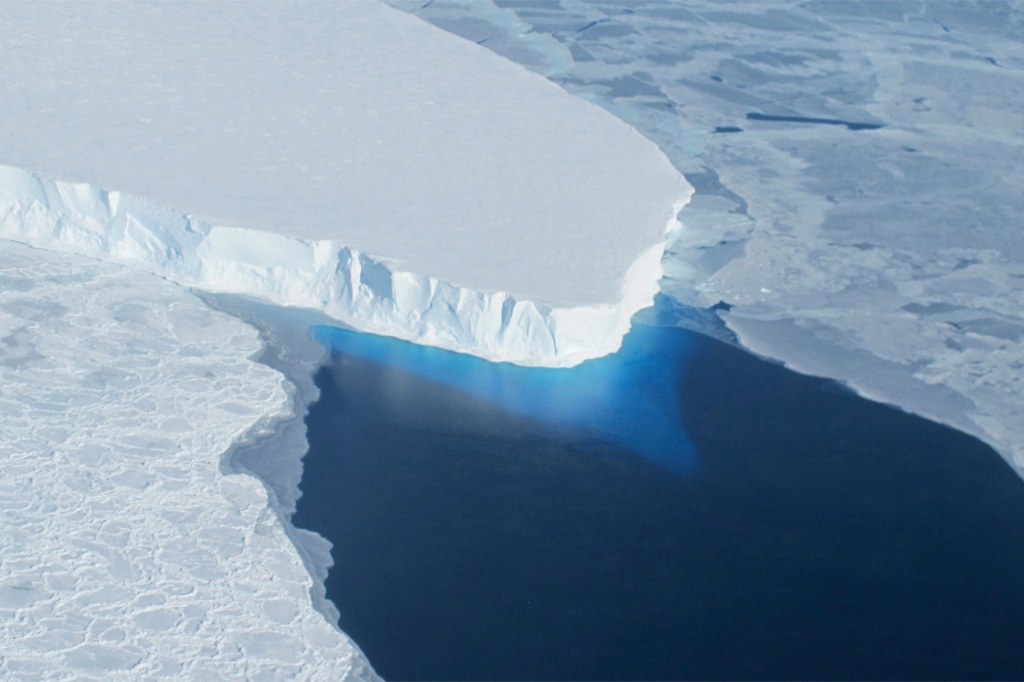
Since "as recently as the middle of the 20th century," says the study's lead author Alastair Graham, researchers have been keeping track of the glacier's melting. In the last ten years, the rate of melting has nearly doubled.
This year, a group of scientists from all over the world tried to study the glacier to figure out how to stop the erosion. However, a piece of ice from the glacier stopped them.
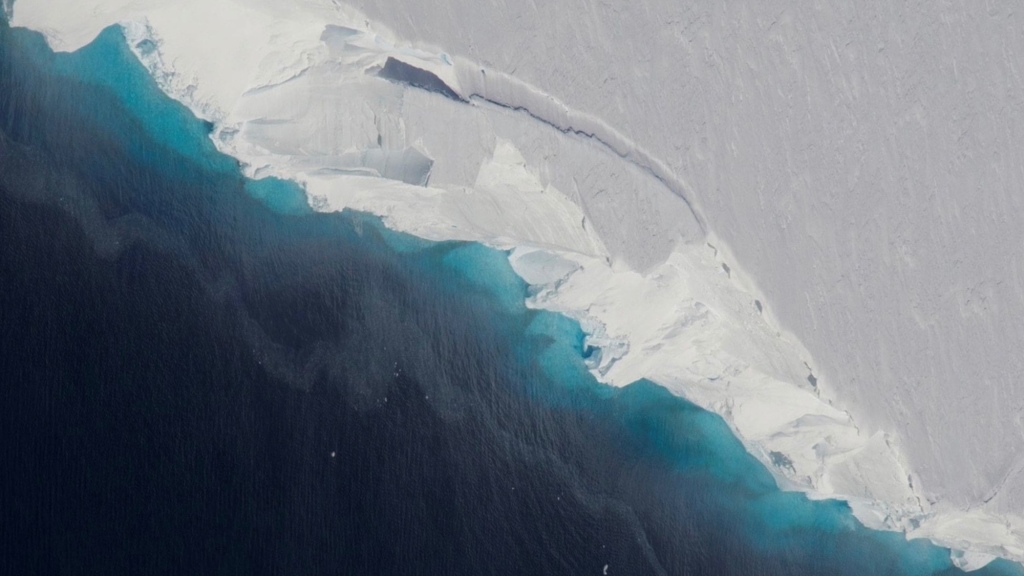
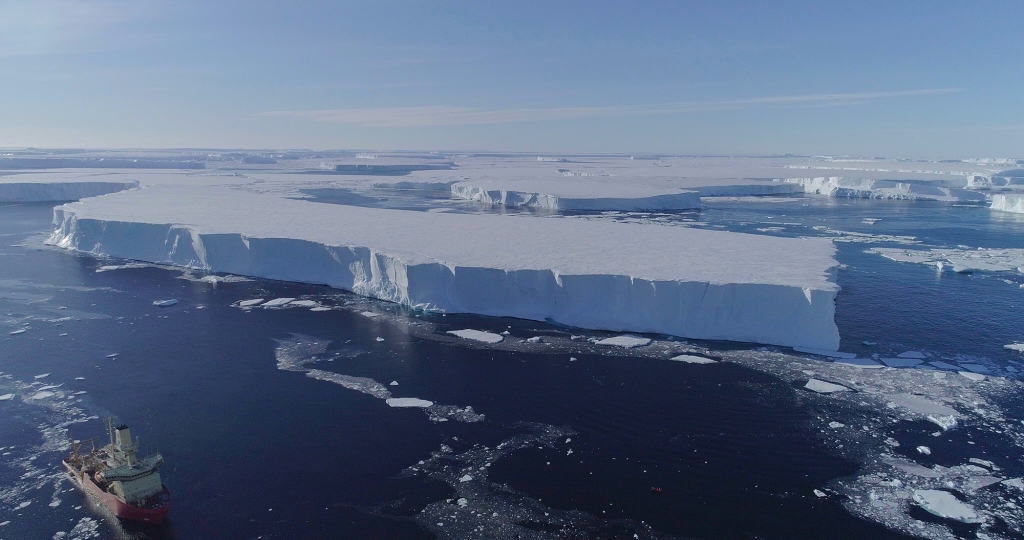
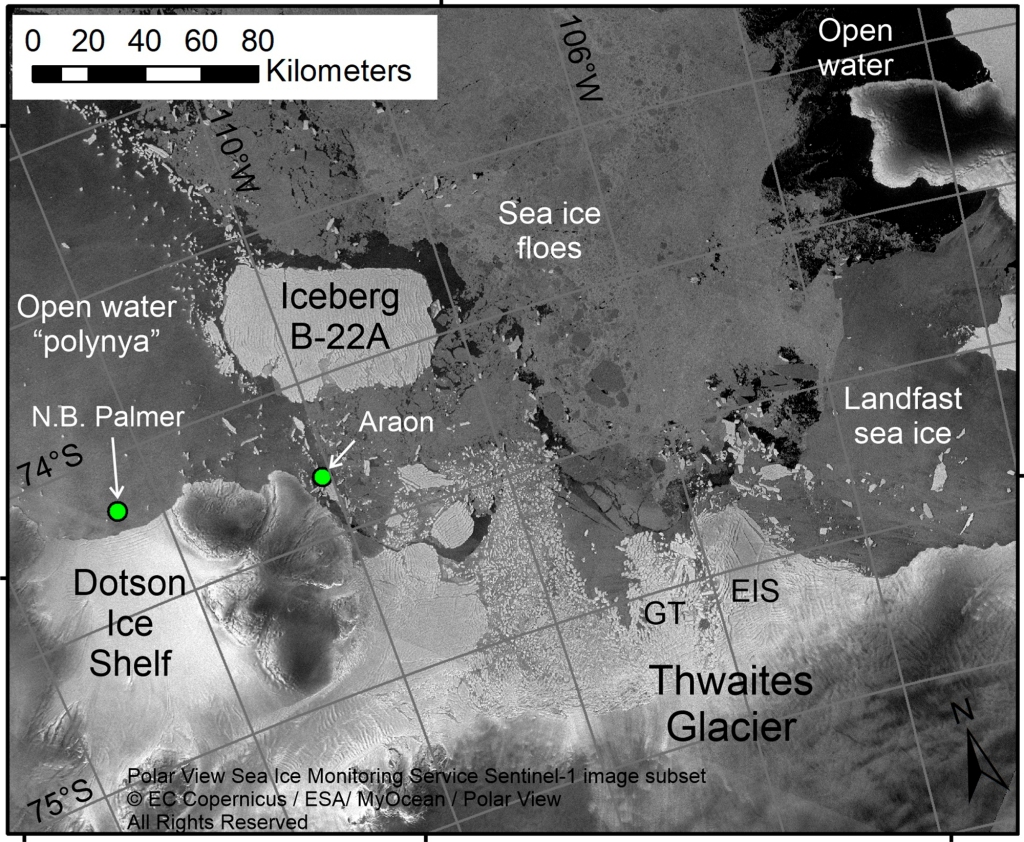
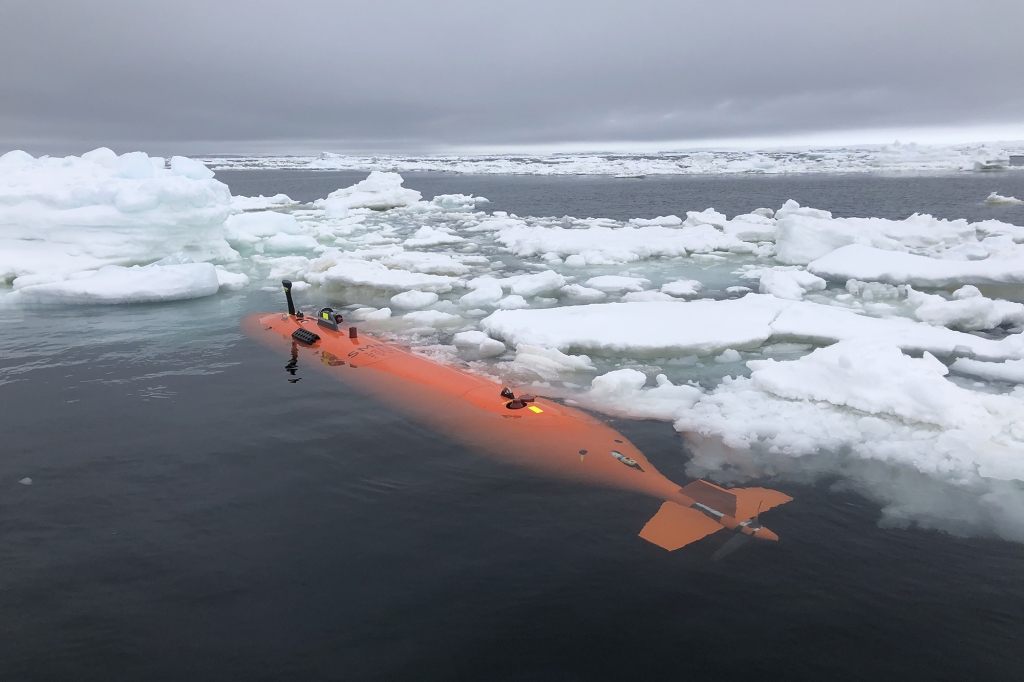
Graham said that it "really was a once-in-a-lifetime mission," and he hopes that the team will be able to go back to the glacier soon. Before the study came out, scientists thought that erosion was happening more slowly.
Graham said, "A small kick to the Thwaites could make them react in a big way."












